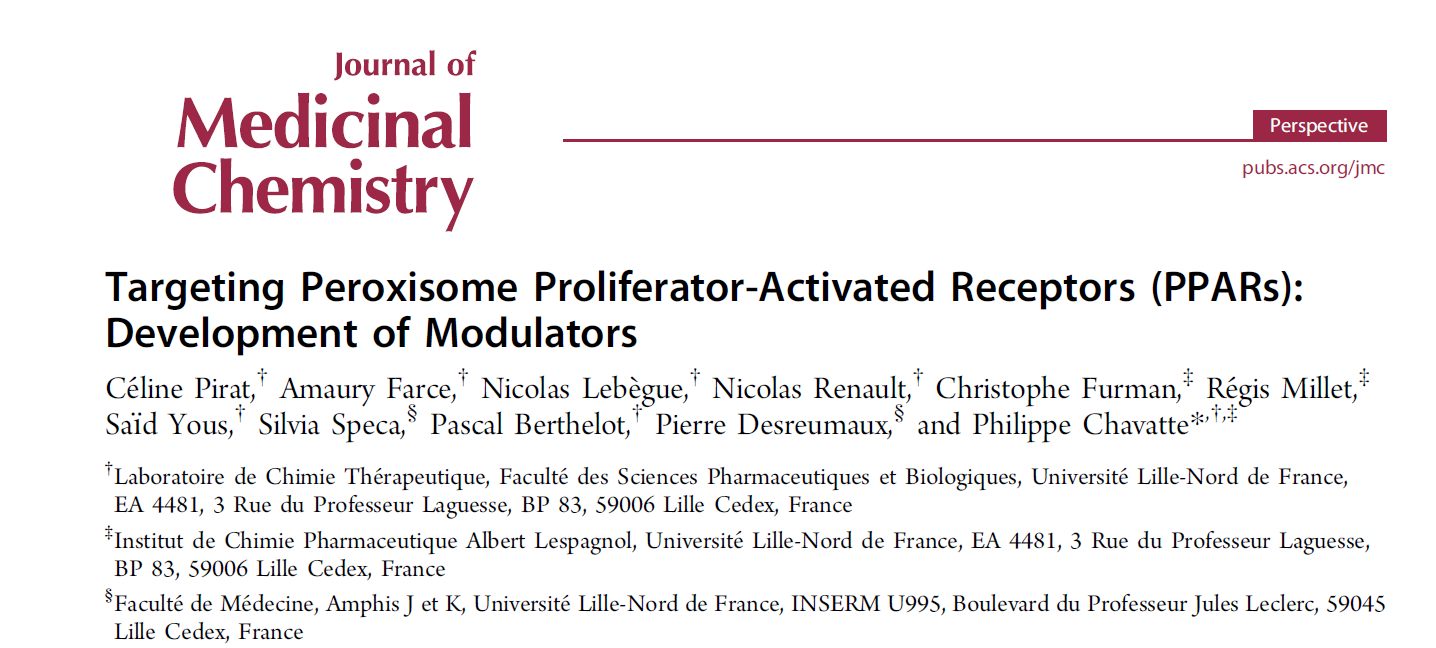Nogra Pharma is available to give comprehensive Project presentations, provide additional Project specific details or confidential information and discuss potential collaborations or out-licensing opportunities with interested companies.

Abstract
The peroxisome proliferatoractivatedreceptors (PPARs) were cloned in 1990 as orphan members of the nuclear receptor family which includes receptors for steroid, retinoid, and thyroid hormones and vitamin D.2 PPARs are transcription factors activated by the binding of small lipophilic ligands. They induce or repress transcription of a large number of different genes, thereby influencing cellular functions. Among these functions, PPARs contribute to the regulation of glucose, lipid, and cholesterol metabolism, apparently making them ideal targets for the development of oral agents for treating metabolic syndrome.
Consequently, PPAR agonists have for many years represented a promising approach to treating type 2 diabetes and associated metabolic diseases, including obesity, hypertension, and dyslipidemia. There are three known subtypes of PPAR receptors, designated PPARα, -γ, and -β/δ. While the PPAR subtypes share a high level of sequence and structural homology, each PPAR subtype exhibits a unique tissue expression profile.
This review covers the rapid progress that has been made in functional analysis of peroxisome proliferator-activated receptors (PPARs) and that has led to a greater understanding of these receptors, establishing them as molecular targets for development of drugs against metabolic diseases. Natural and synthetic ligands for the three subtypes, PPARα, PPARγ, and PPARβ/δ, are reported: agonists and antagonists, partial and selective PPAR modulators (SPPARMs), dual agonists, and PPARα,γ,β/δ pan-agonists. We conclude with a view of the future of PPAR ligand research and the emergence of new hybrid compounds of a multitarget drug type, advantageous in the treatment of chronic inflammation.
